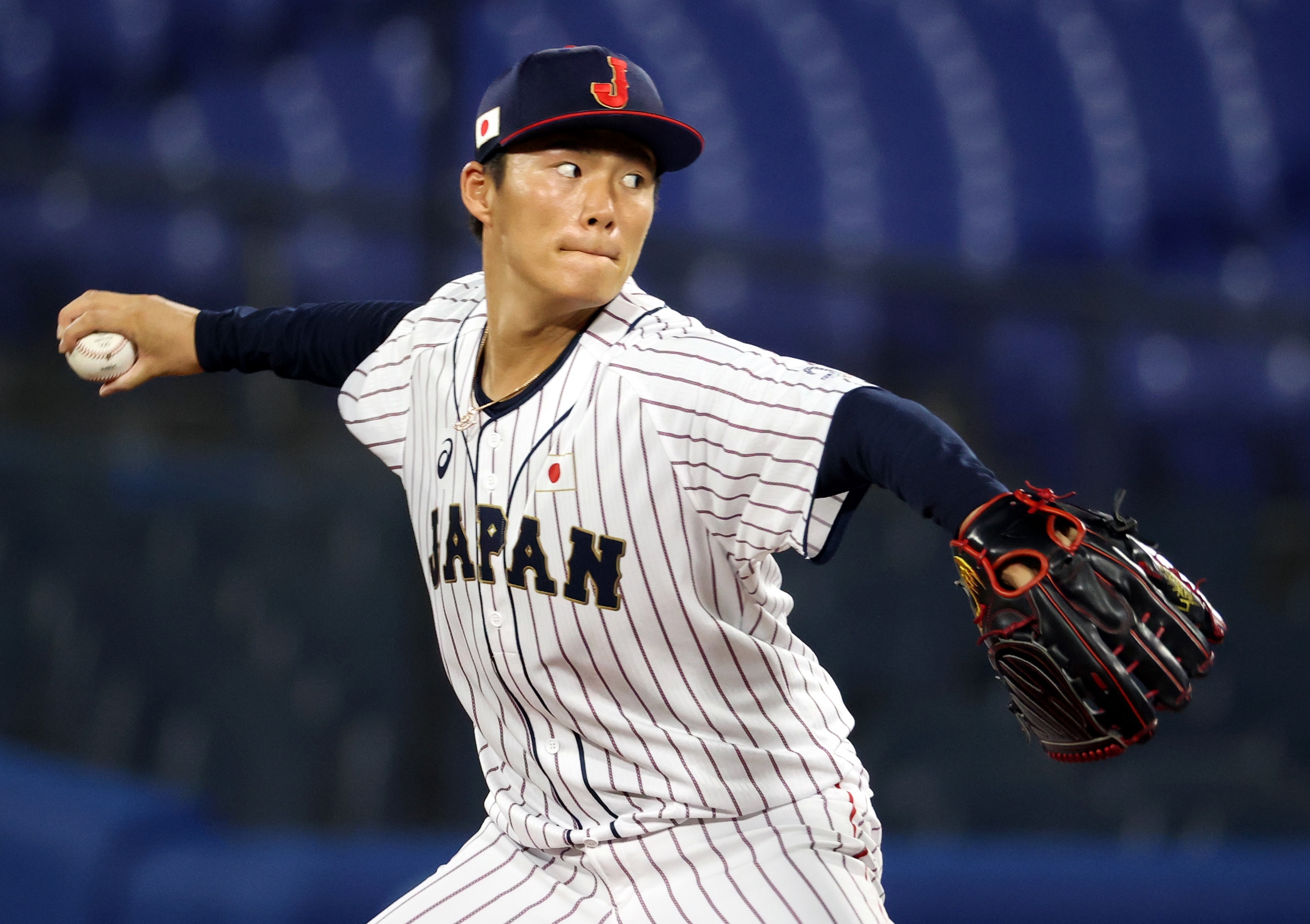Why We Stopped Ranking ‘Foreign Professionals’ From Japan And Korea As Prospects


Image credit: Yoshinobu Yamamoto (Koji Watanabe/Getty Images)
Beginning with the 2017 Collective Bargaining Agreement, international players seeking to sign with MLB teams were sorted into two groups:
Those who are subject to international bonus pools and those who are not, because they are essentially major league free agents.
The former group includes younger international players who would generally be perceived as prospects in an MLB context. The latter group, the ones not subject to bonus pools, are now classified as “foreign professionals.”
Foreign professionals are defined by MLB as players who are at least 25 years old and have played as a professional in a foreign league—typically in Japan, Korea or Cuba—for a minimum of six seasons.
For the first seven seasons of this CBA arrangement, Baseball America ranked foreign professionals as prospects, largely because they were still eligible for Rookie of the Year awards.
But beginning in 2024, BA will no longer rank players designated as foreign professionals as prospects. That means they will not appear on organizational Top 30 Prospects or Top 100 Prospects lists.
We will still cover these foreign professionals as rookies and assign them BA Grades so that readers can place them in an overall prospect context.
For example, new Dodgers righthander Yoshinobu Yamamoto received a BA Grade of 70 with his risk assessed at Medium. That gives him No. 2 starter upside and would put him in play to rank No. 1 or 2 on the Top 100 Prospects.
New Giants outfielder Jung Hoo Lee receives a BA Grade of 55/High and unsigned Japanese lefthander Shota Imanaga a 50/Medium. Those grades would place Lee inside the top 50—as high as No. 38—and the 30-year-old Imanaga somewhere in the top 125.
BA is moving away from ranking foreign professionals as prospects for five key reasons:
(1) The effect of signing a foreign professional is more akin to adding a major league free agent than it is integrating a prospect from the minor leagues. This distinction is clear based on the nine-figure contract Lee signed and Yamamoto’s reportedly historic $325 million deal for a pitcher.
(2) Pitting foreign professionals against minor league prospects is an unfair comparison. The former have racked up several seasons against the top competition that Japan and Korea have to offer. Minor league players are not nearly so proven.
(3) Foreign professionals are difficult to contextualize because of their age. Players in their mid 20s are young for the major leagues, but a prospect who is 25 years old is considered old in a universe where teenagers can rank as Top 100 Prospects.
(4) Ranking foreign professionals distorts the BA organizational talent rankings. Last year when the Mets signed Kodai Senga and the Red Sox signed Masataka Yoshida, we had to incorporate the grades of those 29-year-old Japanese veterans in our farm system rankings. As a result, New York and Boston received an artificial boost that did not reflect scouting or player development acumen.
(5) Foreign professionals are ineligible for Prospect Promotion Incentive draft picks. When MLB unveiled its PPI initiative in 2022, it made a clear distinction between traditional prospects and professionals from foreign leagues.
In the first two years of the PPI program, Corbin Carroll, Gunnar Henderson and Julio Rodriguez all netted a bonus draft pick for their clubs. Yamamoto could win 2024 Rookie of the Year and three Cy Young Awards, and the Dodgers would not be eligible for a single PPI draft pick.
Exceptions To The Rule
Not every veteran of the Japanese or Korean major leagues is classified as a foreign professional.
When Shohei Ohtani initially signed with the Angels in December 2017, he was 22 years old and had five NPB seasons. Thus he was subject to international bonus pools. That explains why he signed for a bonus of $2.315 million, the maximum allowed based on the Angels’ bonus pool allocation that year.
The same would be true for 22-year-old Japanese righthander Roki Sasaki, the best pitcher in the world outside the MLB player universe, if he were to become available to MLB clubs in 2025 or 2026.
A Rich Tradition
Baseball America has a proud tradition of ranking the top international professionals.
Japanese outfielder Ichiro Suzuki ranked No. 9 on the 2001 Top 100 Prospects list before embarking on a Hall of Fame career.
Other Japanese stars, including Hideki Matsui (No. 8 in 2003), Kazuo Matsui (No. 7 in 2004), Daisuke Matsuzaka (No. 1 in 2007), Yu Darvish (No. 4 in 2012) and Masahiro Tanaka (No. 4 in 2014), also ranked as top 10 overall prospects.
So did Cuban righthander Jose Contreras, who ranked No. 6 in 2003. Cuban lefthander Aroldis Chapman ranked No. 7 in 2011, but his signing would have been more akin to Ohtani’s because he was just 22 years old.
It is no stretch to assess Yamamoto as similar in quality to past Japanese aces Darvish, Tanaka, Matsuzaka or even Hideo Nomo, the pioneer who started it all when he signed with the Dodgers in February 1995.
